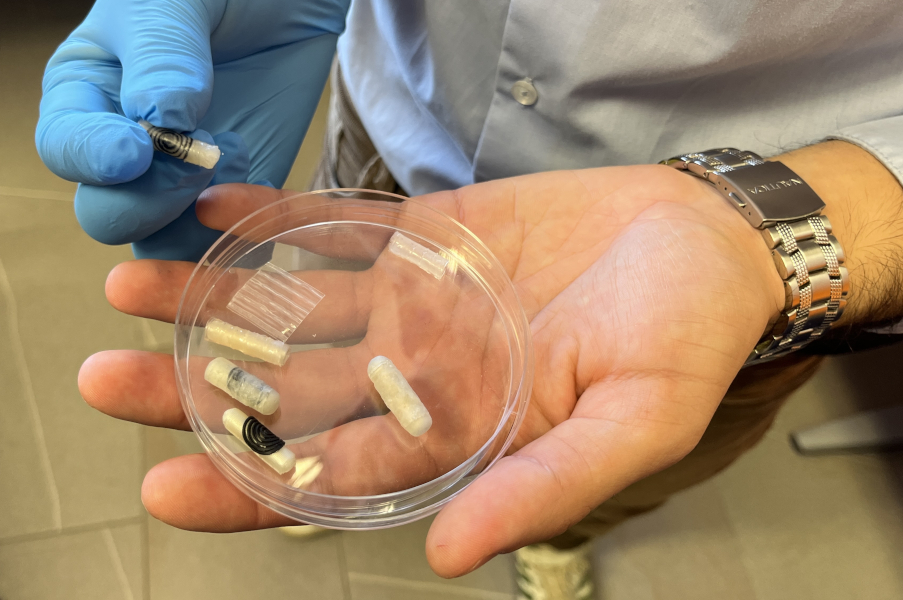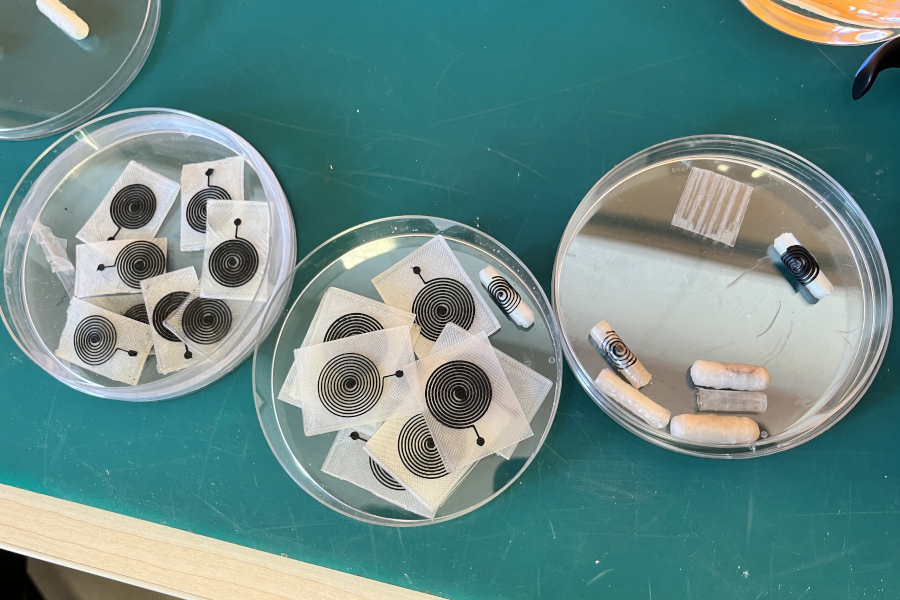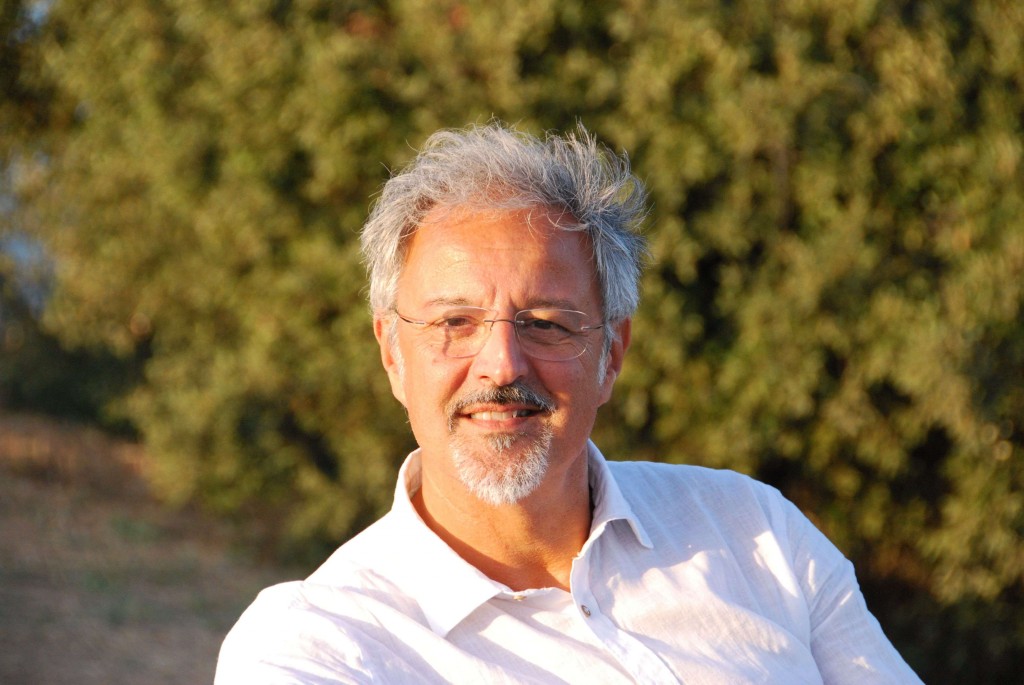An intelligent capsule that unfolds on its own and adheres like a patch inside the intestine to promote ulcer healing is among the most promising results of research carried out at the Department of Information Engineering at the University of Pisa, where scientists are exploring new applications of four-dimensional (4D) printing for the medicine of the future.

4D printing is a technology that enables the creation of three-dimensional structures capable of transforming over time in response to predefined stimuli such as hydration or temperature. Time thus becomes, in effect, the fourth dimension. In the case of the capsule, the researchers designed a self-deploying 3D-printed structure made of silk and gelatine — biocompatible materials that, once ingested, expand by absorbing intestinal fluids, transforming the device from a small cylinder into a flat sheet that adheres to the damaged tissue.
“In this way,” explains Carmelo De Maria, Professor of Bioengineering at the University of Pisa, “the capsule can cover a larger area of the bleeding intestinal mucosa and promote its regeneration. The final shape is achieved thanks to a specific spatial arrangement of the materials, which allows the structure to respond in a controlled way to the body’s internal environment. The capsule is also equipped with a small 3D-printed, biocompatible antenna capable of signalling its presence inside the body after ingestion. Once the structure encounters the ulcer and unfolds, it can communicate externally until it degrades; otherwise, it is expelled naturally.”

The capsule is part of a broader line of research aimed at developing minimally invasive, self-healing and programmable devices capable of dynamically interacting with biological tissues and offering new perspectives for personalised medicine.
“With 4D printing, we can design objects that change shape and function over time, just like living tissues,” concludes De Maria. “It’s a revolution that brings together materials engineering and life sciences.”


![immagine[4]](https://www.unipi.it/wp-content/uploads/immagine4.jpg)
